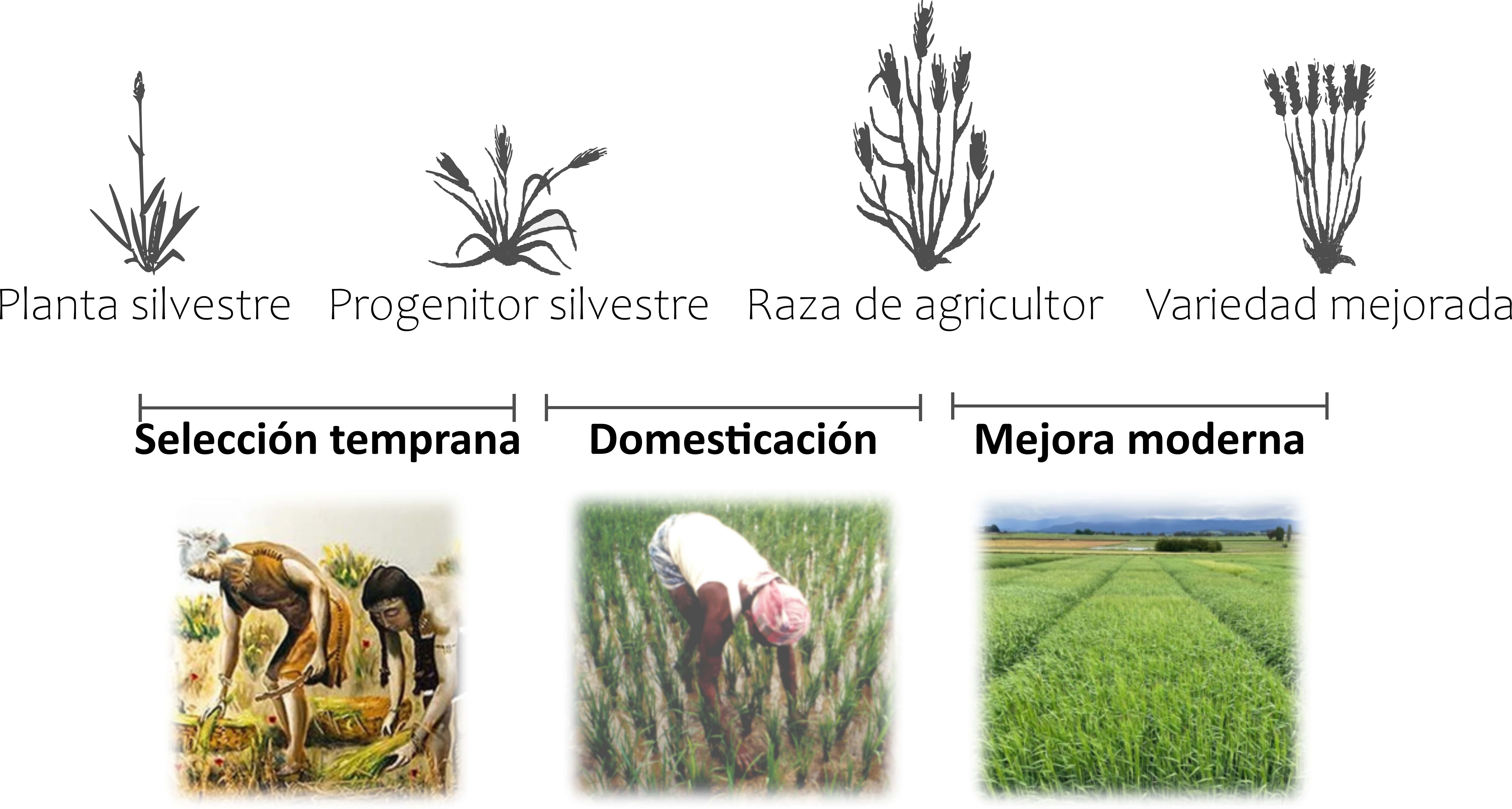Irene Vega
Agricultural activity involves different natural and artificial selection forces that have generated changes in the characteristics of cultivated plants for millennia, from processes related to natural selection, to those suffered more recently derived from artificial selection carried out by man. To better understand what this evolution process has been like, a scientific team from the Rey Juan Carlos University (URJC) and the Institute of Forest Sciences (ICIFOR-INIA-CSIC) has investigated why cultivated plants are resource-hoarding and fast-growing species, analyzing the origin and evolution of the ecophysiological traits of leaves.
Ecophysiology or environmental physiology is a biological discipline that studies the adaptation of an organism's physiology to environmental conditions. Some ecophysiological traits, such as the rate at which plants carry out photosynthesis, are determinants of plant growth and performance. "Our objective has been to investigate whether the ecophysiological profile of cultivated plants is mainly due to domestication and modern improvement or whether their wild ancestors already had an acquisitive physiology, in comparison to other wild species that are more conservative in their use." of resources,” says Alicia Gómez-Fernández, researcher in the Evolutionary Ecology group at the URJC and co-author of the published study recently in Nature Plants magazine. An acquisitive nature implies, among other things, high photosynthetic rates and, therefore, high growth capacities.
The results obtained contribute to understanding why certain wild species were chosen by the first farmers for consumption and cultivation. Furthermore, they shed light on how these choices influenced the evolution of cultivated plants from their wild progenitors. "We discovered that acquisitive physiology was one of the characteristics that made certain wild plants more likely to be domesticated by humans and that this fact probably implied that there was little room to subsequently improve physiological traits after domestication," says the researcher. who adds that, “consequently, our work urges directing future breeding efforts towards other traits related to performance and more likely to evolve, such as traits related to size and biomass allocation.”
The physiological profile, a key aspect for crop selection
During the research, detailed information was collected on the ecophysiological traits of the leaves of a total of 1.146 annual herbaceous species, covering cultivated plants, wild progenitors and wild plants that have never been domesticated. Subsequently, an experiment was carried out with 11 herbaceous crop plants to evaluate the physiology of different wild progenitors of cultivated plants, and two stages of domestication: early (farmer breeds) and late (improved varieties). The results revealed that wild crop progenitors have acquisitive ecophysiological traits such as rapid photosynthesis, low water use efficiency, and more flexible leaves than other wild species that were never domesticated. In this sense, as Alicia Gómez-Fernández explains, “the possession of acquisitive ecophysiological traits in cultivated plants could be due to the inheritance of their wild progenitors, which originally already possessed an acquisitive ecophysiology.”
These results suggest that the physiological profile has been one of the main characteristics that has led to certain wild plants being selected as progenitors of crops and that later, during domestication and modern improvement, they have not experienced a notable improvement.




